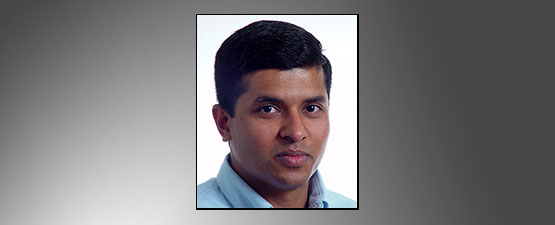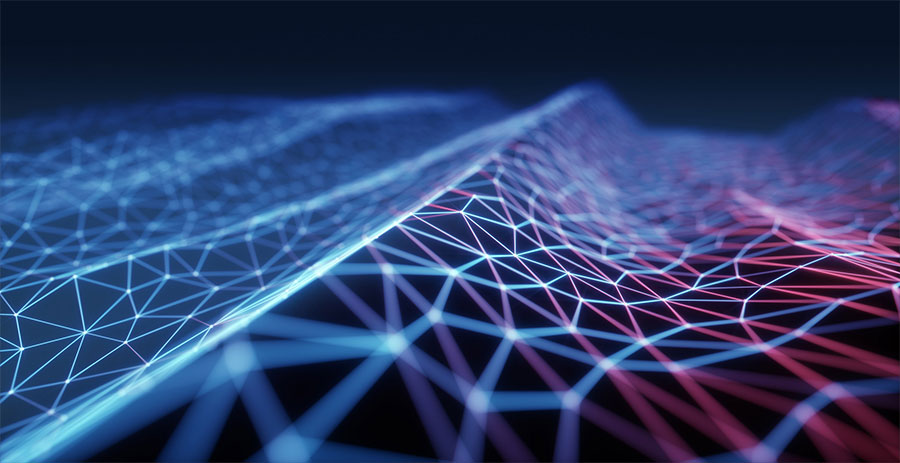Lecture: Gaurav Sharma (University of Rochester, USA)
Lecture Date: October 20, 2020
Chapter: Kharagpur
Chapter Chair: Sudipta Mukhopadhyay
Topics: Leveraging Old Tricks in A New World: Efficient
Generation of Labeled Data for Deep Learning
The Speech Technology Group of Toshiba Europe LTD in Cambridge has opening for an ASR researcher. We are looking for candidates with background in signal processing, machine learning, acoustic modelling or expertise in building state-of-the-art systems for ASR. The candidate should have a PhD in areas of speech technology related to automatic speech recognition, machine learning or a related field (Post-doctoral/industrial experience is beneficial).

Lecture Date: October 20, 2020
Chapter: Kharagpur
Chapter Chair: Sudipta Mukhopadhyay
Topics: Leveraging Old Tricks in A New World: Efficient
Generation of Labeled Data for Deep Learning

March 23-26, 2021
NOTE: Location changed to--Virtual Conference

November 1-4, 2020
Location: NOTE: Location changed to--Virtual Conference

October 12-16, 2020
Location: NOTE: Location changed to--Virtual Conference
As a reminder, most of the SPS publications have eliminated month-based issues and moved to a volume-only, continuous pagination model. This allows for rapid dissemination of content for our journals and now, articles are posted to their respective journals on IEEEXplore® nearly every day!
We consider identification of linear dynamical systems comprising of high-dimensional signals, where the output noise components exhibit strong serial, and cross-sectional correlations. Although such settings occur in many modern applications, such dependency structure has not been fully incorporated in existing approaches in the literature.
Channel estimation is of paramount importance in most communication systems in order to optimize the data rate/energy consumption tradeoff. In modern systems, the possibly large number of transmit/receive antennas and subcarriers makes this task difficult. Designing pilot sequences of reasonable size yielding good performance is thus critical.
Graph distance (or similarity) scores are used in several graph mining tasks, including anomaly detection, nearest neighbor and similarity search, pattern recognition, transfer learning, and clustering. Graph distances that are metrics and, in particular, satisfy the triangle inequality, have theoretical and empirical advantages.
Control over noisy communication-channels” invented by Sahai-Mitter-and-Tatikonda is a prominent topic. In this context, the latency-and-reliability trade-off is considered by responding to the following: How much fast? How much secure? For a stochastic-mean-field-game (S-MFG), we assign the source-codes as the agents. Additionally, the total-Reward is the Volume of the maximum secure lossy source-coding-rate achievable between a set of Sensors, and the Fusion-Centre (FC) set – including intercepting-Byzantines.